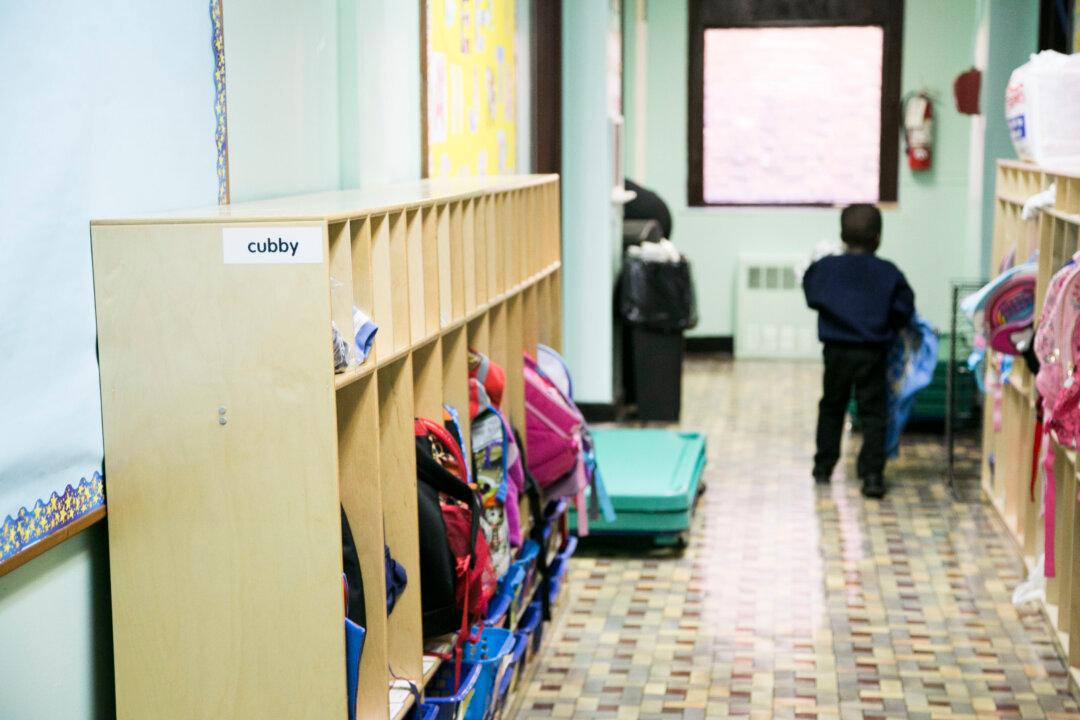NEW YORK—At this century-old building in Queens where 4-year-olds go to prekindergarten, there are bulletproof walls, two sets of deadbolt locks on each classroom door, and a central surveillance system connected to the New York Police Department.
Such security equipment, installed with the intention to save lives in the event of a school shooting, seems to go unnoticed by the children as they begin their first month of school at St. Elizabeth Catholic Academy.
The security cameras—there are 39 of them—are small and tucked in corners. On the surface, the azure walls are the same azure walls from a year ago. But hidden behind the painted plaster, is a sheet of military certified ballistic steel that can halt 50 caliber bullets.
John Scotti, a 56-year-old philanthropist who works in building development, real estate, and insurance, partnered with the New York Police Department to design and implement these new school security measures.





